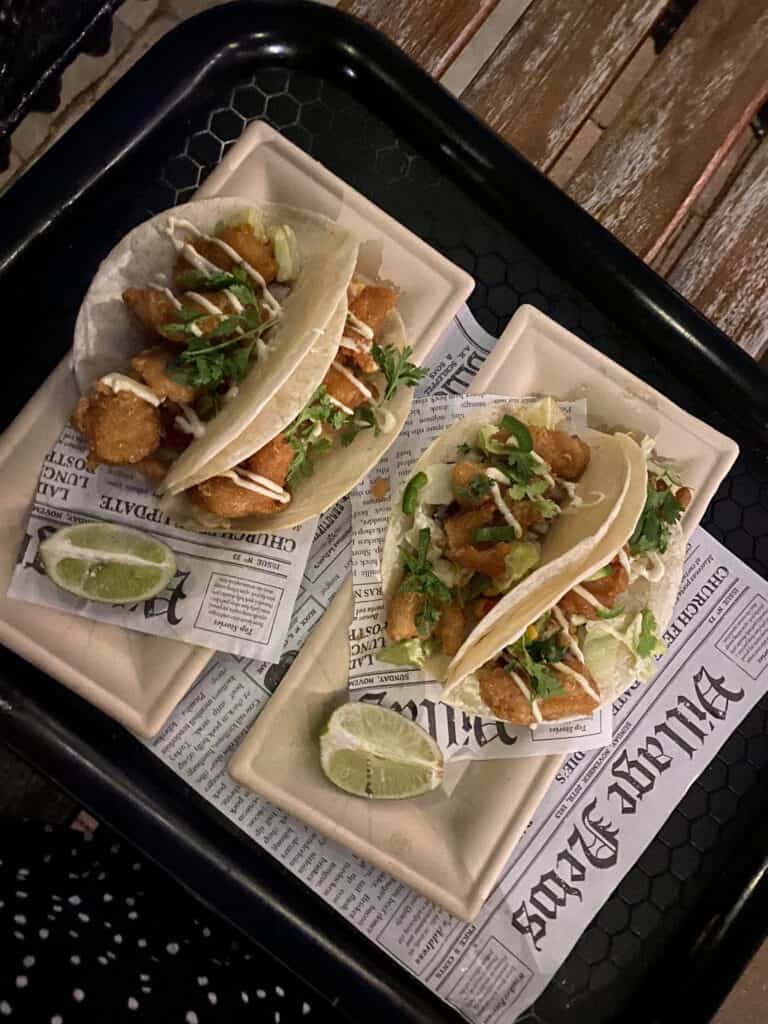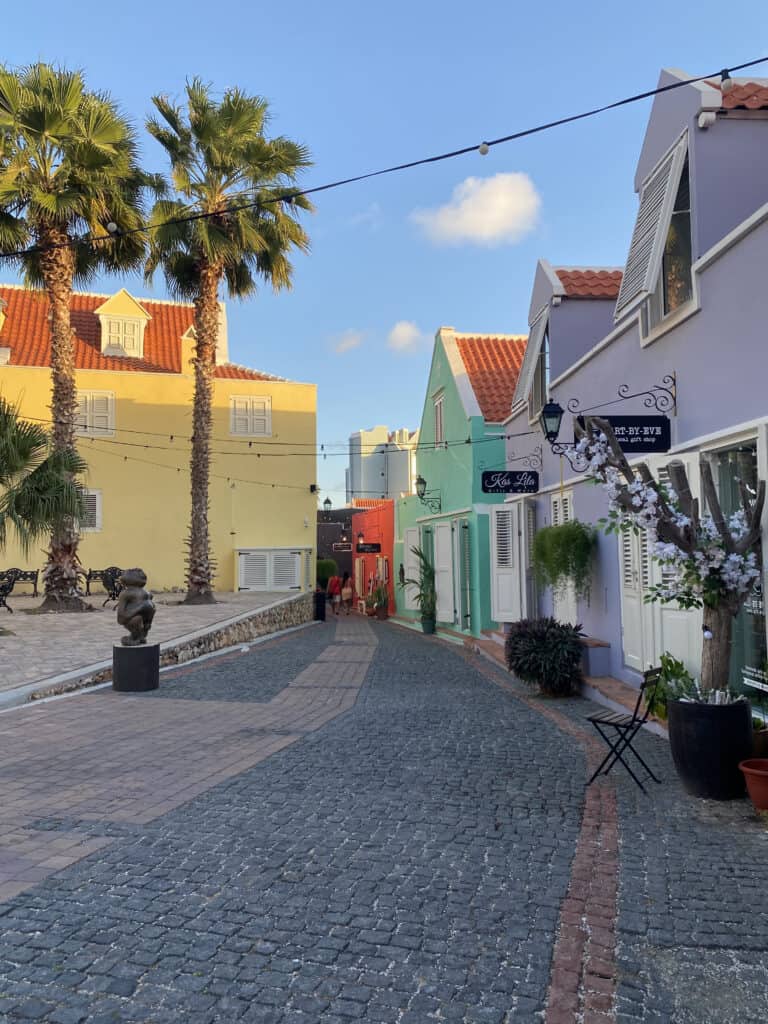Kura Hulanda Village is a charming area with colorfully painted buildings, adorable local businesses, and beautiful gardens full of tropical plants located in the historic district of Otrobanda. Kura Hulanda Village, dating back to the 18th and 19th centuries, is recognized by UNESCO as a symbol of Dutch colonial architecture in the Caribbean, preserving Curaçao’s rich cultural heritage. As a company, we provide a wide range of tours across the island, including our popular ‘walking tour’ in Otrobanda. Here, you will have the opportunity to explore its diverse neighborhoods and delve into the rich history of Curaçao.
As an adventurous foodie, I’m constantly searching for unique culinary experiences that not only capture my tastes but also support worthy causes. One of the cozy restaurants located in the village offers lionfish. At “Lionfish Caribbean”, lionfish are cooked in many tasty ways, including ceviche with a soft texture and fresh taste from the coconut, lime juice, and passion fruit used during the preparation, as well as fried lionfish in tacos or tartare with soy sauce for an oriental twist. When I visited the “Lionfish Caribbean”, I opted for the lionfish tacos. The crispy exterior of the lionfish paired harmoniously with the soft tortillas and flavorful toppings, creating a delicious mix of flavors and textures.
But did you know that, despite being tasty, these fish can actually impact the ecosystem in the Caribbean? Originally from the Indo-Pacific Ocean, lionfish eat more than 50 kinds of fish, some of which are really important in order to keep and protect the reefs. Furthermore, their spines are venomous, which causes pain if they come into contact with humans. Their hunting, primarily conducted through scuba or free diving with handloaded pole spears, remains challenging due to their tendency to hide in deep reef areas, with the ability to reach depths of 900 meters. Opting for lionfish consumption not only supports the marine ecosystem but also the environment and gives a unique and delicious culinary experience.
To mitigate the lionfish population’s impact, the “Lionfish Caribbean” initiative aims to control the amount of this species in the sea, encourage a community of hunters, sell fresh seafood, and promote sustainability by utilizing non-edible parts of the lionfish to create different jewelry. The “Lionfish Caribbean” utilizes various parts of the fish, such as the tail fin, belly fin, pectoral fin in their accessories and the colors of them vary depending on whether the fins were dried in sunlight or shade. In conclusion, eating lionfish provides a unique and wonderful gastronomic experience in addition to protecting wildlife and the functioning of the marine environment.







